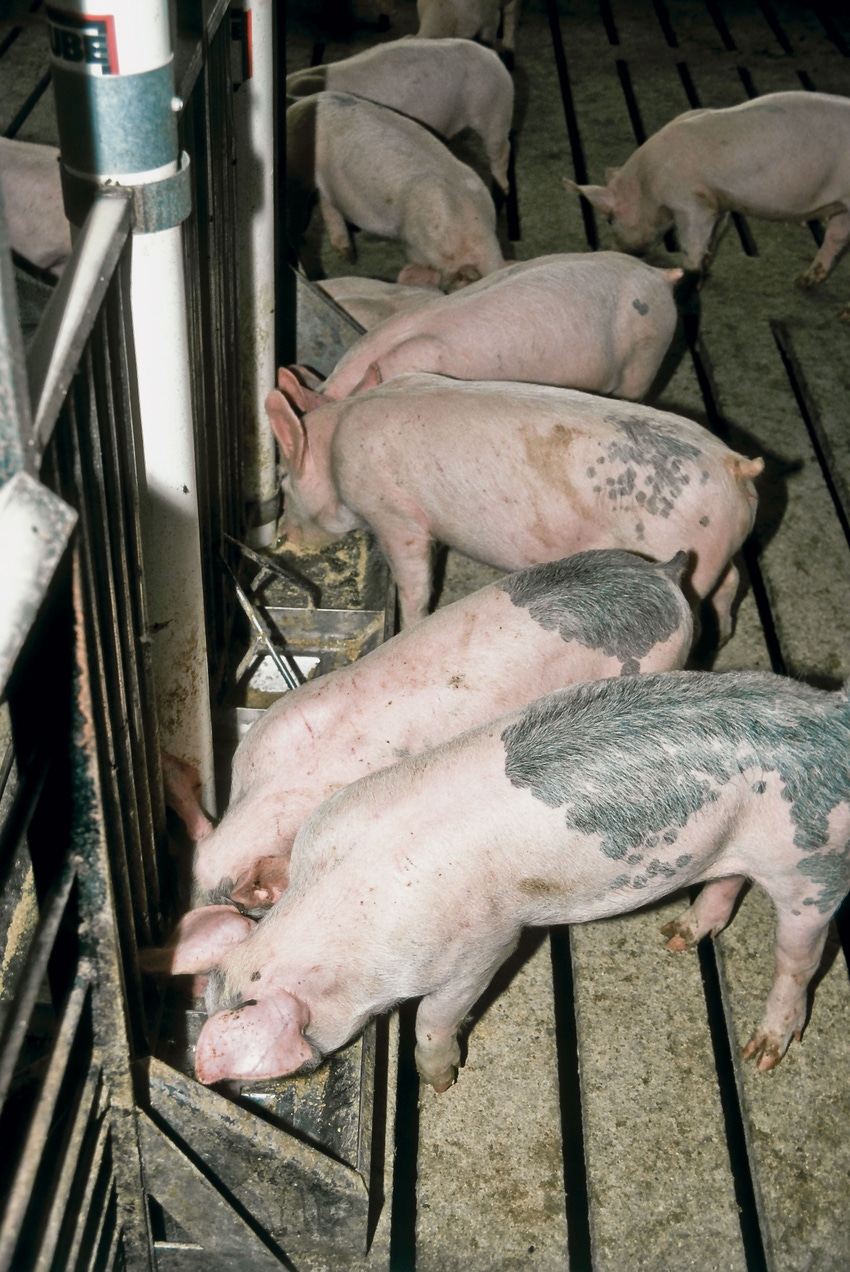
A New York federal district court Thursday ordered the Food and Drug Administration (FDA) to revisit the subtherapeutic use of certain antibiotics in the feed of food-producing animals.
The Manhattan judge’s order reopens a 35-year-old proposal to ban the use of low level administration of tetracyclines and penicillins, which the FDA indicated in December 2011 that it would no longer pursue.
Instead of pursuing that approach, the agency has indicated plans to use their Guidance Document 209 process, to work collaboratively with the industry to see if pharmaceutical firms will voluntarily move away from growth promotion and nutritional efficiency claims, says Liz Wagstrom, chief veterinarian for the National Pork Producers Council.
At issue is the long-standing debate whether these uses that make animals healthier, which contribute to faster and more efficient growth, also contribute to antibiotic resistance.
With the court’s ruling, the process of Notice of Opportunity for a Hearing to restrict use could start all over again, she says. “Importantly, the judge did not tell FDA that they had to ban the uses of those antibiotics. The ruling just states that FDA is going to have to start the process again (which could lead to the restrictions described),” Wagstrom says.
The 209 document is expected to be issued shortly, and if the drug companies that have tetracycline and penicillin products were to voluntarily give up their growth promotion claims, then there may be no reason to go through the regulatory process to limit their use, she clarifies. Guidance Document 209 also puts the products under veterinary oversight.
Wagstrom stresses that the central issue in both the court’s decision and Guidance Document 209 is only restrictions on growth promotion and nutritional efficiency uses of these two antibiotic classes. Approved antibiotics in those classes, as well as others, will still be authorized for prevention, control and treatment uses in animal feed.
“These products can still be used therapeutically for a disease outbreak in a herd, and that is going to be vital,” she says.
About the Author(s)
You May Also Like





